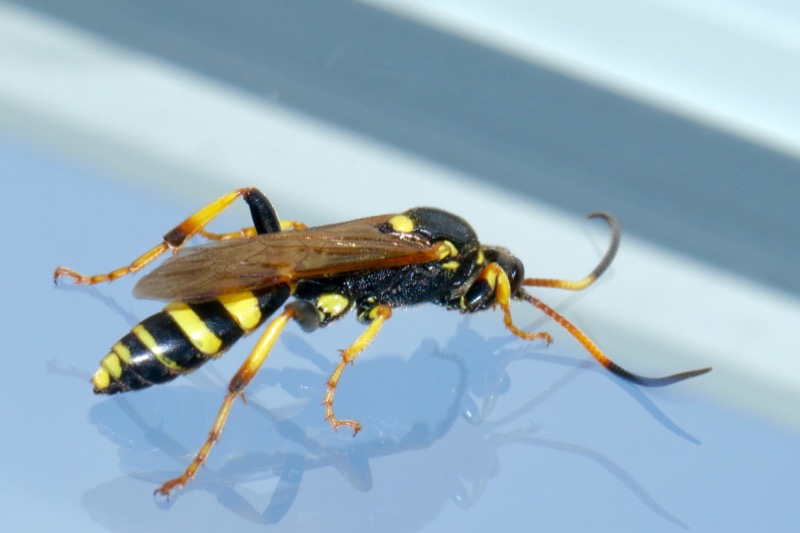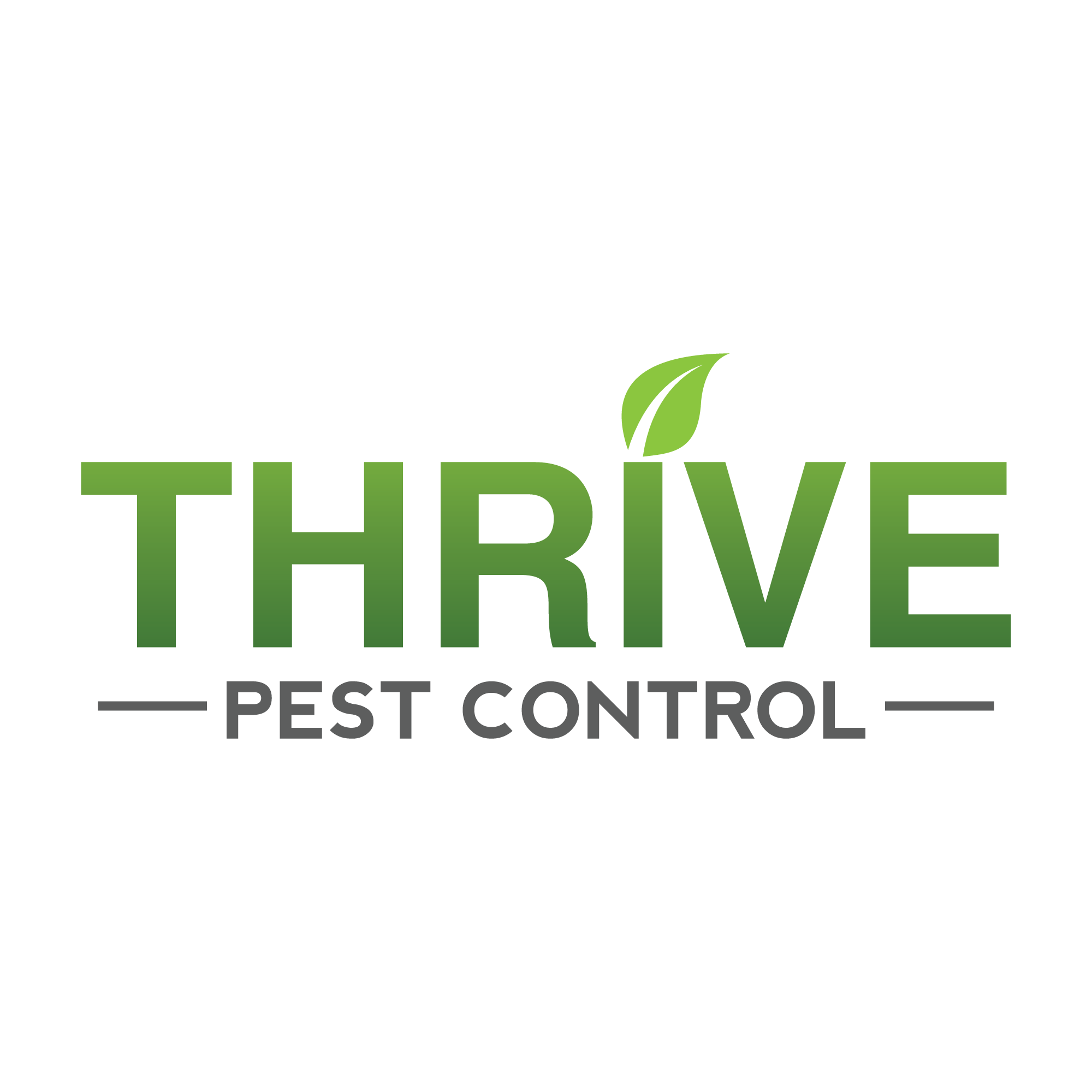All yellowjackets are wasps, but not all wasps are yellowjackets. I have been collecting insects since I was five years old. Today, I have a display collection of 1,484 mounted and labeled species, including 214 Hymenoptera (bees, ants, and wasps), 5 of which are species of yellowjackets. In Michigan, yellowjackets are extremely common in the fall, especially eastern, German, and aerial yellowjackets (Vespula maculifrons, Vespula germanica, and Dolichovespula arenaria respectively). As someone who collects insects regularly, I can also attest to how aggressive they are. In fact, yellowjackets are the only Hymenopterans that I am uncomfortable around.
European paper wasp
While the European paper wasp is commonly known as a yellowjacket, true yellowjackets are a type of hornet. In more specific terms, yellowjackets are members of two genera of wasps (Vespula and Dolichovespula), so therefore, all yellowjackets are wasps but not all wasps are yellowjackets. The full taxonomy of yellowjackets is: Kingdom: Anamila (animals) > Phylum: Arthropoda (arthropods) > Subphylum: Hexapoda (hexapods) > Class: Insecta (insects) > Order: Hymenoptera (ants, bees, wasps, and sawflies) > Group: Aculeata (ants, bees, and stinging wasps), > Family: Vespidae (yellowjackets and hornets, paper wasps; potter, mason, and pollen wasps) > Subfamily: Vespinae (hornets and yellowjackets) > Genus: Vespula or Dolichovespula (yellowjackets) (Iowa State University Department of Entomology, 2020).
As seen here, wasps are a category that yellowjackets belong to, not their own species. There are several different species of yellowjacket across North America, but they also appear in Eurasia. When most people think of yellowjackets, they picture the classic yellow with black markings of the genus Vespula. Yellowjackets of the genus Vespula are more inclined to nest in holes in the ground, which leads many people to incorrectly call them “ground bees”. Dolichovespula, on the other hand, is more likely to nest in trees, creating large, hanging structures made of a paper-like material created by wasps chewing and spitting out plant matter, especially dry wood.

Belong to the superfamily Vespoidea
The insects most commonly known as wasps belong to the superfamily Vespoidea, which includes hornets, paper wasps, potter wasps, mason wasps, pollen wasps, and, of course, yellowjackets. However, all members of the insect order Hymenoptera, excluding ants and bees, can be considered wasps. This includes wood wasps (sawflies), parasitic wasps, spider wasps, and many more (Iowa State University Department of Entomology, 2020). Wasps make up the majority of the over 115,000 described Hymenoptera species around the world (Smithsonian Museum of Natural History, n.d.). Again, wasps are an overarching classification that contains yellowjackets.
WASPS are beneficial
Most wasps are beneficial to both agriculture and the environment. Many wasps are pollinators which aid in agriculture. Others are either predators or parasites of other arthropods. In this way, wasps are especially important in keeping common pest species in check.
However, some wasps, especially yellowjackets and paper wasps, are dangerous and must be controlled in populated areas for safety. They build nests in holes in the ground, inside walls, and under roof overhangs. This combined with their generally high aggression makes them dangerous, and even lethal to those with allergies (Arrow Exterminators, 2020).
Call Thrive today For a Free Pest Control Inspection
In terms of pest control, yellowjackets and other unwanted wasps can be dealt with by using off-the-shelf insecticide sprays, then removing the nest the following day. Most insecticide sprays advertised as “wasp killer” contain pyrethroids (a chemical derived from chrysanthemum plants) as a main ingredient.
These chemicals attack nervous systems of flying insects and cause all of their muscles to contract until they die of exhaustion. They are especially effective against wasps and can be used without safety equipment as they pose little hazard to vertebrates, like humans (DeAngelis, 2020). Wasps are an interesting and diverse group of insects, and it is important that people are informed about them..
